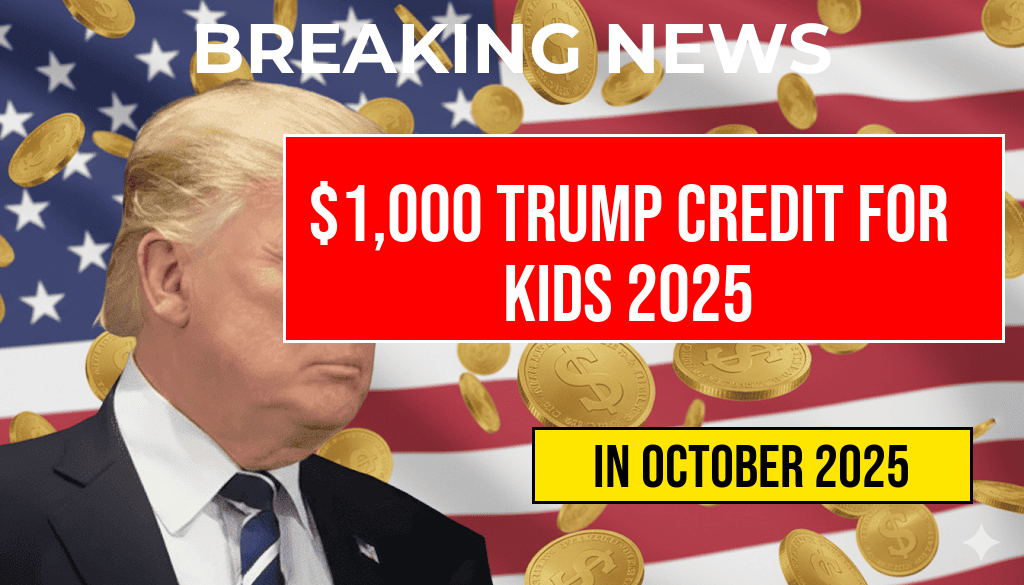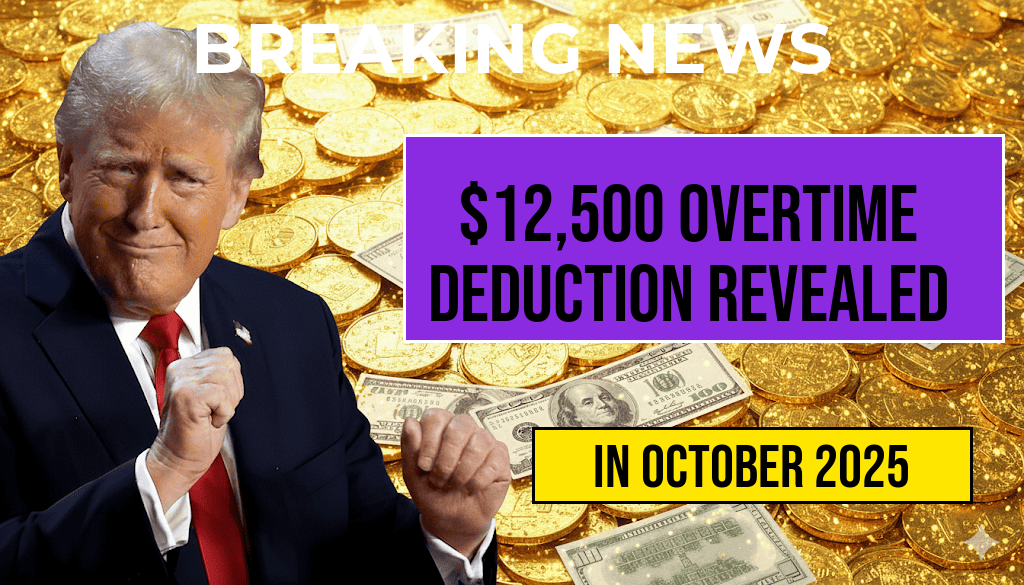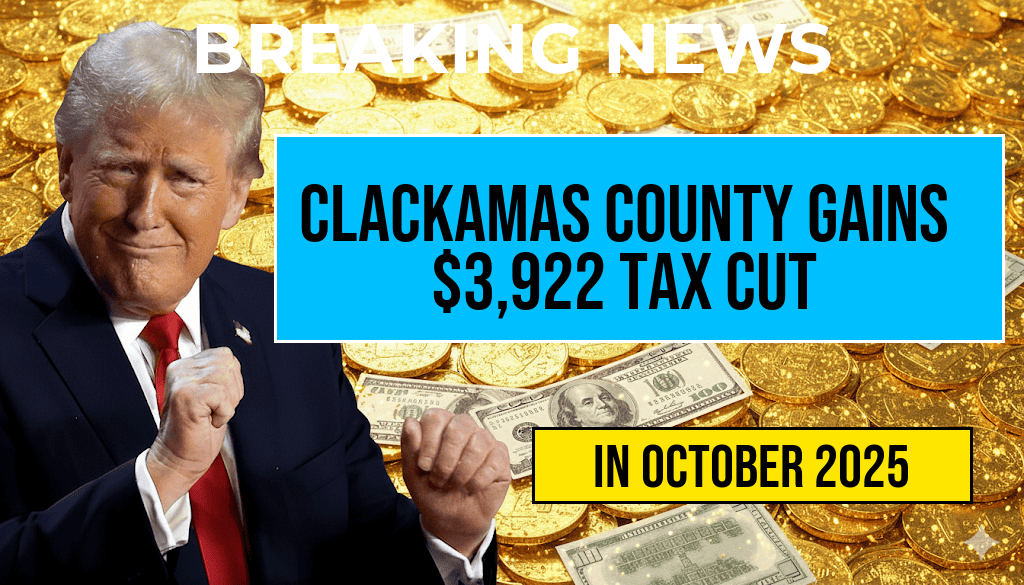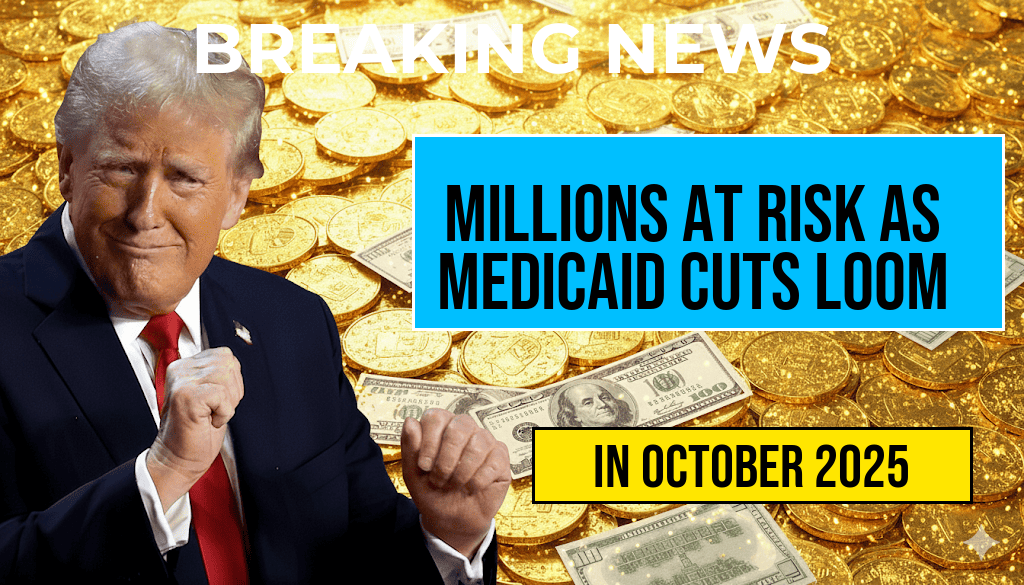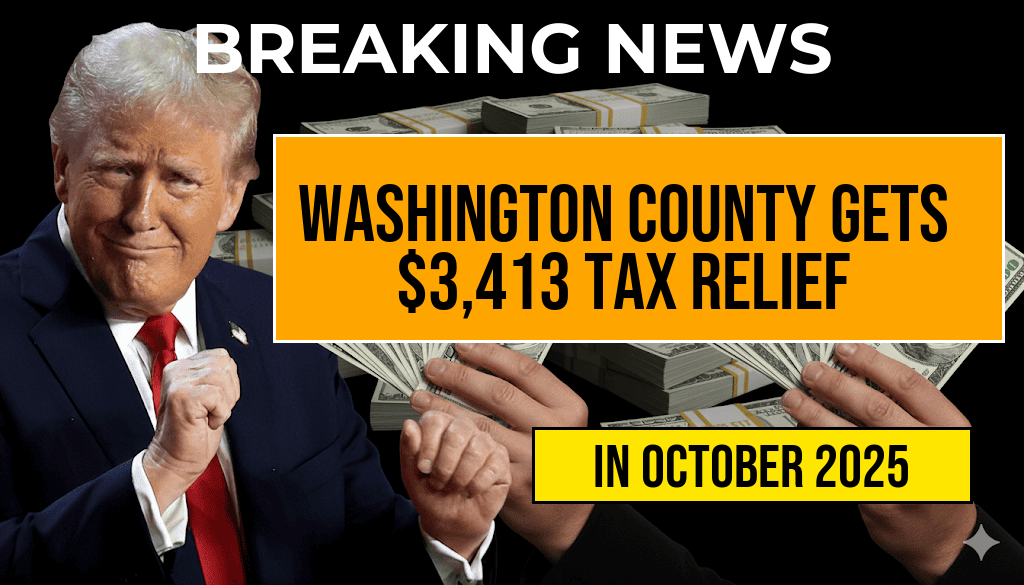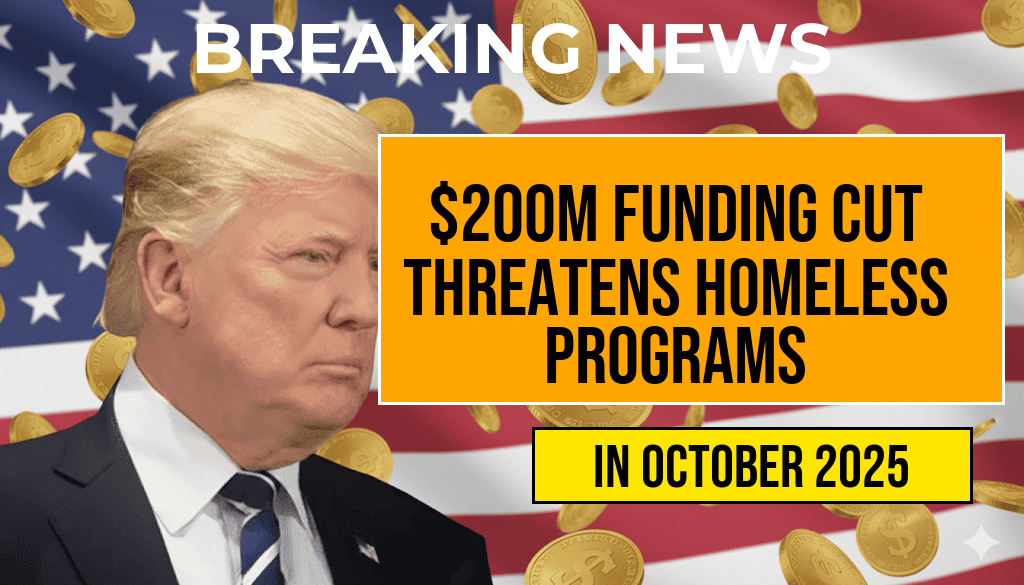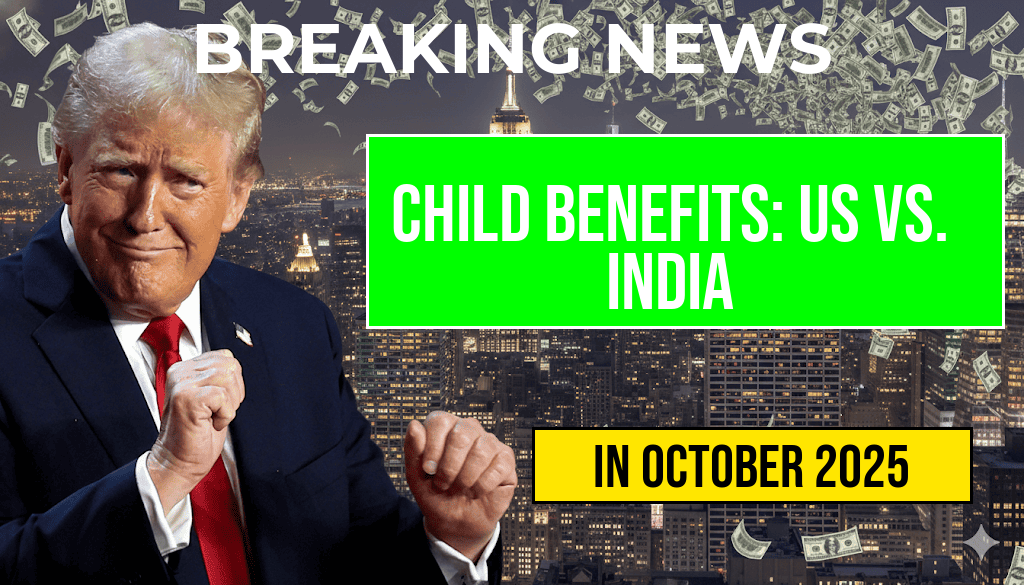Beginning in 2025, millions of American children are set to receive a one-time $1,000 “Trump Account” credit, a policy initiative that has sparked widespread discussion across political and economic circles. The program aims to provide direct financial support to families, potentially acting as a catalyst for economic mobility and child welfare improvements. The proposal, championed by legislative leaders aligned with former President Donald Trump, emphasizes fostering long-term savings and investments for young Americans. While the initiative has garnered praise from supporters who see it as a bold step toward addressing childhood financial insecurity, critics question its fiscal sustainability and potential implications for public assistance programs. As details unfold, policymakers and families alike are scrutinizing how this credit will be implemented, funded, and integrated into broader efforts to promote economic stability for future generations.
Details of the Child Credit Initiative
Scope and Eligibility
- The program intends to provide a $1,000 one-time account credit to every child born or legally adopted in the United States starting in 2025.
- Eligibility will be automatic for children listed on birth or adoption records, simplifying access and minimizing administrative hurdles.
- The initiative is designed to serve children across all socioeconomic backgrounds, aiming to reduce disparities in wealth accumulation from an early age.
Funding Sources and Legislation
| Source | Estimated Annual Allocation | Notes |
|---|---|---|
| Federal Budget | $10 billion | Initial funding to cover accounts for all eligible children |
| Public-Private Partnerships | Additional funding streams | Potential for supplementary contributions or matching funds |
The legislation proposing the program suggests funding will primarily come from federal budget reallocations, with some advocates encouraging private sector partnerships to sustain long-term growth of the accounts.
Expected Impact and Policy Goals
Economic and Social Benefits
- The $1,000 credit aims to serve as a foundational step toward encouraging savings habits among families and children.
- Proponents argue that early financial literacy and asset accumulation can lead to improved academic and health outcomes, alongside increased economic resilience.
- The program is also viewed as a measure to combat rising child poverty rates, which remain a persistent challenge in many communities.
Long-Term Outlook
Supporters envision this initiative as part of a broader strategy to promote economic equity, with the potential to expand into larger savings programs or matched investment schemes. Critics, however, warn of the risk of creating dependency or diverting funds from existing social services. The success of the program may hinge on effective implementation, public engagement, and ongoing evaluation.
Political Reactions and Public Debate
Supporters’ Perspective
Members of the legislative coalition backing the “Trump Account” emphasize its simplicity and direct approach to support children’s financial futures. They argue that providing a guaranteed account credit can serve as a stepping stone toward broader tax reforms and economic growth. Economic inclusion advocates see it as a pragmatic investment in the next generation.
Opposition and Concerns
Opponents raise questions about the program’s fiscal impact, pointing out that the $10 billion annual cost could exacerbate national debt or divert resources from critical public services. Some critics also question whether a one-time $1,000 credit is sufficient to make a meaningful difference in wealth disparity or if it risks creating an unbalanced system favoring those already positioned for future financial success.
Implementation Timeline and Future Prospects
Legislative approval is expected in the coming months, with initial accounts opening for children born or adopted in 2025. Federal agencies will coordinate with state governments and financial institutions to establish the infrastructure necessary for account management and disbursement. Lawmakers are also debating potential extensions or enhancements, such as matching contributions or education-focused incentives.
Key Dates and Milestones
- Q1 2025: Legislation passes and initial funding allocated
- Q2 2025: Enrollment processes established, accounts opened for eligible newborns
- Q4 2025: First accounts credited, initial reporting on participation rates
Potential Challenges and Next Steps
While the program’s prospects are promising for many, logistical hurdles such as ensuring equitable access, preventing fraud, and maintaining account integrity remain key concerns. Policymakers are considering safeguards and oversight mechanisms to address these issues. As the initiative advances, ongoing evaluations will determine its efficacy and inform potential policy adjustments. Stakeholders—from community organizations to financial institutions—are preparing for the rollout, emphasizing transparency and inclusivity to maximize the program’s impact.
Frequently Asked Questions
What is the purpose of the ‘Trump Account’ credit for children in 2025?
The ‘Trump Account’ aims to provide financial support to children by offering a $1,000 credit to each child in 2025, helping families save and invest in their children’s future.
Who is eligible to receive the $1,000 ‘Trump Account’ credit?
All children born or residing in the country during 2025 are eligible to receive the $1,000 credit, regardless of family income levels.
How will the ‘Trump Account’ credits be distributed to eligible children?
The credits are expected to be distributed through government-funded accounts, which will be managed by financial institutions or designated agencies to ensure proper allocation and security.
Are there any restrictions on how families can use the ‘Trump Account’ funds?
Yes, the funds are primarily intended for educational expenses, savings, or investments. Restrictions may apply to ensure the money is used to benefit the child’s long-term financial growth.
What is the significance of the year 2025 for this initiative?
In 2025, the government plans to implement the program, marking a significant policy step towards supporting children’s financial futures and promoting wealth-building from an early age.

